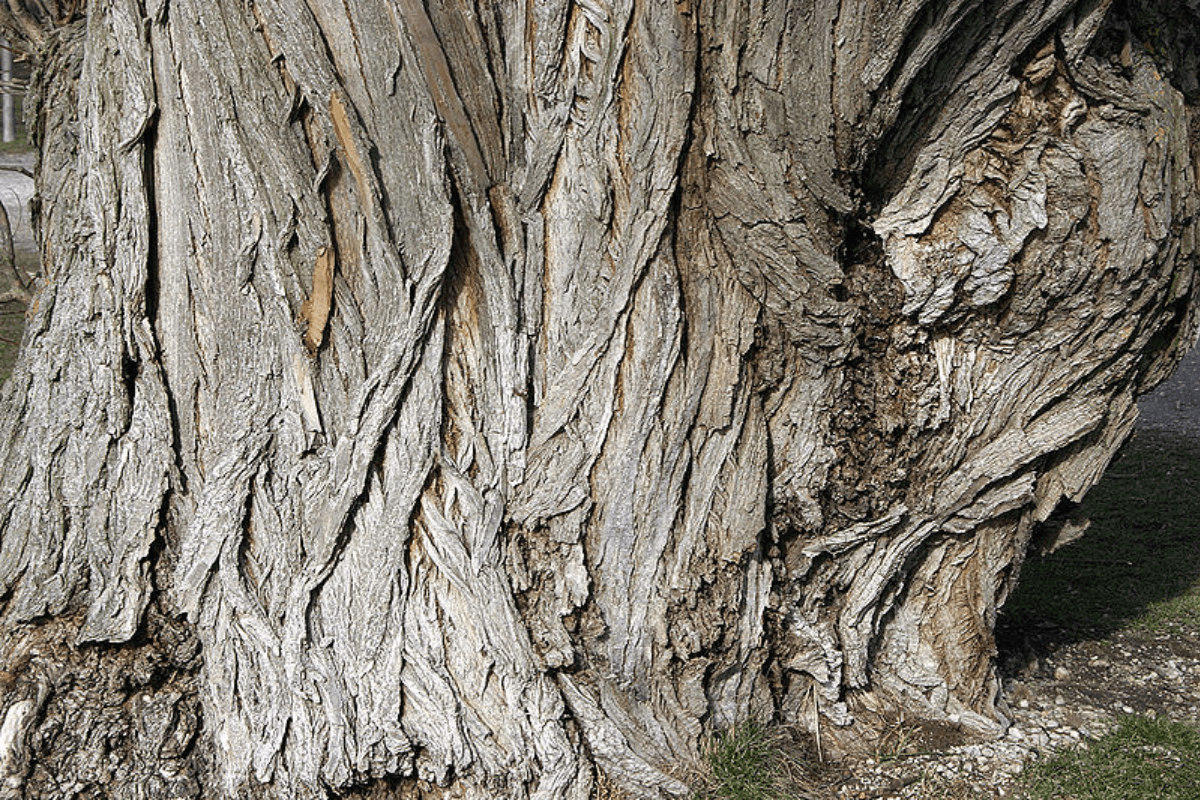Salix alba
Dioscorides, the great first-century herbalist is believed to have been the first to recognize the ultimate healing virtue of the white willow bark. He prescribed willow preparations for pain and inflammation. From that point on from herbalist to herbalist for centuries, willow was defined, as were all of Dioscoride’s prescriptions.
Before aspirin, there was Willow Bark, which gave the same symptomatic relief without the side effects.
Organic Cut & Sifted White Willow Bark – Get Yours Here.
White Willow bark was the first aspirin and was used for the relief of fevers, headaches, sciatic, arthritic, rheumatic, and neuralgic aches and pains.
Considered one of nature’s greatest gifts to man, White Willow contains glucoside salicin, an effective painkiller. It took 30 years of fiddling with salicin for the Europeans to produce salicylic acid and then synthesize that down to acetylsalicylic acid (Aspirin). The problem is aspirin causes side effects such as internal bleeding from the stomach walls.
Today aspirin is a total synthetic and contains no white willow. Synthetic aspirin taken internally can cause the stomach to hemorrhage. Approximately 7,000 people die each year from taking so-called anti-inflammatories like aspirin.
Willow Bark Capsules – Get Yours Here.
The above side effect is interesting because Willow itself is useful in all stomach problems, especially sour stomach and heartburn. Other uses for White Willow: it is used as a nerve sedative, for eczema, fevers, inflammation of joints, pain, rheumatism, ulcerations, and wounds.
White willow bark tea taken internally can soothe kidney, urethra, and bladder irritations. Taken internally white willow bark is also a helpful remedy for gout, rheumatism, and arthritic pains. White willow bark is also an excellent gargle for throat and tonsil infections.
Taken As A Tea?
White willow bark taken as a tea is a strong antiseptic and an excellent wash for infected wounds, ulcerations, eczema, and all other skin inflammations. White willow can also be used as an eyewash.
To make an infusion place 1 teaspoon of Willow Bark in a cup pour in boiling water for 10 minutes, and drink a mouthful at a time.
Uses:
Arthritis, Bleeding, Chills, Colds, Corns, Dandruff, Diarrhea, Dysentery, Earache, Eczema, Fevers, Flu, Gout, Hay fever, Headaches, Heartburn, Impotence, Infection, Inflammation (joints), Muscles (sore), Nervousness, Neuralgia, Night Sweats, Ovarian Pain, Pain, Rheumatism, Sex Depressant, Tonsillitis, Ulcerations, Worms, Wounds
Linking White Willow Bark to TheHerbProf.com
White willow bark is a natural wonder, and at TheHerbProf.com, we’re all about exploring these wonders! Here’s how our website and this subject harmonize:
- Willow Wisdom: We provide comprehensive information about white willow bark, its medicinal properties, and its uses in herbal medicine.
- Herbal Highlights: Our site offers insights into how white willow bark can be incorporated into your herbal regimen.
- Safety First: We guide you on how to use white willow bark safely and effectively.
- Health and Wellness: Our focus is on promoting overall health and wellness, and white willow bark plays a crucial role in this.
- Community Connection: Connect with others who are interested in white willow bark and share your experiences.
So, whether you’re a white willow bark enthusiast or just starting your herbal journey, TheHerbProf.com is your trusted guide. Remember, stay curious and stay healthy! Check out our home page here!
References:
Little Herb Encyclopedia, by Jack Ritchason; N.D., Woodland Publishing Incorporated, 1995
The Ultimate Healing System, Course Manual, Copyright 1985, Don Lepore
Planetary Herbology, Michael Tierra, C.A., N.D., Lotus Press, 1988
Handbook of Medicinal Herbs, by James A. Duke, Pub. CRP Second Edition 2007
The Complete Medicinal Herbal, by Penelope Ody, Published by Dorling Kindersley

